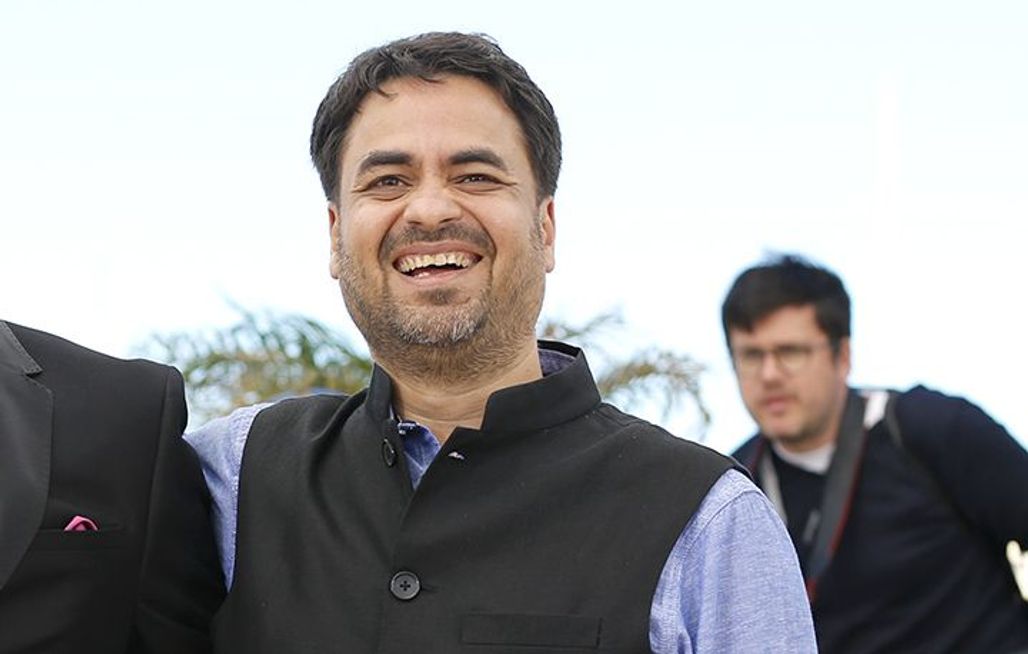
UN CERTAIN REGARD – Chauthi Koot, interview with Gurvinder Singh

Improvisation, and the unexpected, is how the cinema of Gurvinder Singh could be defined. In Chauthi Koot, we are plunged into the atmosphere of the Punjab after the assassination of Indira Gandhi, the former Prime Minister, in the 1980s. At this point in time, caught between the violence of the army and the coercion of the Sikh militants, two stories, two trajectories merge.
Film still © RR
How did you begin work on this film?
I started by writing the screenplay based on two Punjabi short stories. Simultaneously, I travelled to Punjab with my assistants looking for locations that were to be cast for the film. We visited many houses in the countryside, before finding the appropriate house that is the central character in the film. It’s important for me to have a physical idea of location while writing the screenplay, as then I can have a better imagination of the mise-en-scène. It also hints at the juxtaposition of images and sounds.
Please describe your working method and the atmosphere on set. Any anecdotes to share?
The atmosphere at the set is very relaxed and calm. Light is the first element that contributes to the sensations we are trying to put on the screen. It’s important for me to shoot in the right season. We shot Chauthi Koot during the monsoons and the winters. The monsoon brought its own unpredictability to the shoot. Suddenly, one day there was a thunderstorm and it didn’t stop raining for the next few days. The location got flooded and access became difficult. But we kept shooting and used all the elements of the storm, rain and flooding in the film. I am looking for randomness that brings the film closer to life.
Please share a few words about your actors.
In Chauthi Koot, most actors are non-professional. It’s important for me that actors belong to the area where we are shooting. Improvising with them becomes easier. They bring a peculiarity to the use of language, gestures and expressions. I have done away with the idea of characterisation based on psychology or behaviour or the past. I don’t even rehearse with my actors. Once I am convinced of the faces, I put them in the cauldron and ask them to react. It always leaves me surprised in a good way.
What sources of artistic inspiration have you drawn upon in your work?
Like we have gharanas (a system linking musicians by lineage or apprenticeship, and by adherence to a particular musical style) in Indian music, I feel I belong to the gharana of RItwik Ghatak and Mani Kaul, the two Indian filmmakers I have imbibed the most. Mani Kaul made me realise that what I perceived as my shortcomings were actually my strengths. He brought me closer to my own self. There have been a lot of other influences on the way, from Robert Bresson to Abbas Kiarostami.
Can you tell us about your next project?
The next film will deal with the subaltern cultural space in Punjab and their ambitions and dreams, though in a humorous and fantastical fashion. It will be seen through the eyes of a protagonist who is an amateur qawwali singer.
SCREENING
Friday 15 May / Debussy Theatre / 4.30 pm



